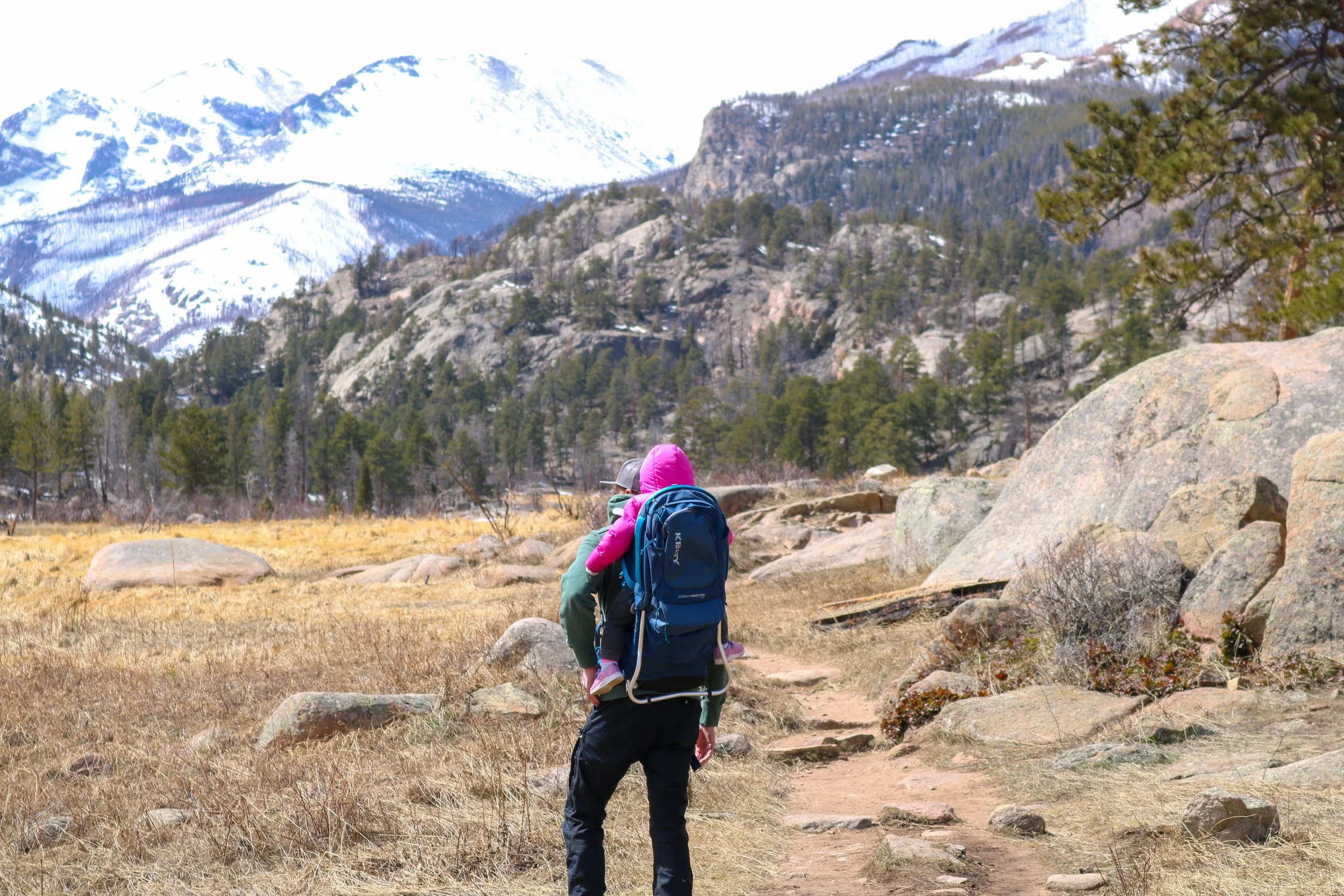Whenever someone tells me that they found "cheap" flights to a destination, especially abroad, I immediately question the value. It blows my mind in our culture how we get so focused on price when making a buying decision and blind to everything else. Cars, consumer electronics, vacations, clothes - you name it and we let companies manipulate us to their advantage when we put on our purchasing blinders. The same goes for airplane tickets. There are so many variables when it comes to flights that price should only be a piece of the pie and far from the most important slice. For me, flying sets the tone for a trip and enhances the travel experience. Instead of thinking of it as a burden, I try and optimize my time and in-flight journey, so that I enjoy myself and arrive as rested as possible. Balancing this experience with cost is the key to buying airfare. Here are the things I consider when booking in order to maximize the value for my money.
1. Number of stops and duration of travel
This one's easy. Avoid long and multiple layovers when booking. You're time is the most important and valuable asset when travelling. One stopover alone introduces risk into our schedules when flying, however it is generally necessary in order to reach specific destinations, or make a trip financially feasible (remember, cost isn't everything, but it certainly is part of the equation). However, two stops is only worth it in a small percentage of bookings (ie HUGE savings, or remote locations). At the end of the day, is $100 worth it to you to lower your risk of missing a third flight and sacrificing a day of your vacation? The same goes for length of layover and length of flights. I am careful when choosing because I want to avoid 3+ hour layovers and flights that take me WAY out of my way for my destination. For example, if I was traveling to London, it wouldn't make sense for me to save a couple hundred bucks to travel through Istanbul with a long layover. I'll fork over the extra money in a heartbeat, in order to get my vacation started sooner.
2. Service
When you see negative airline reviews, this is usually the cause. In my mind, there are a few reasons for this. I'll touch on two in this section and then the third will be mentioned in #4, the legroom section. I wanted to mention legroom here because for many reviews that I have read, comfort is a major driver of service and sets the tone for a flight. It doesn't really matter how great the service is, if people aren't comfortable, airlines are going to get a lousy review (Google Air Canada Rouge reviews).
As for the other two drivers of service, I'm talking about availability of food/beverages and overall customer service. The first seems obvious, but we have actually flown on a 10 hour flight where all they served were snacks (Again, Google Air Canada Rouge). When we went to order our dinners (commonly complimentary on long haul flights) we found out that not only did they not provide the free meals, we couldn't even order them if we paid. This was a major bummer, especially for a 20-week-along pregnant woman :). Needless to say, I do a little research about what is offered on flights before I book them. Meals? Complimentary beverages? Snacks? And then if the price is still too good to pass up, we simply plan ahead by bringing plenty of food with us. Something of note here, when we flew Emirates to Thailand, we were served all complimentary meals, snacks and drinks in economy. Not only did we receive free meals, we were presented with a menu prior to serving, so that we could choose what we wanted to eat. Now that is service in the sky!
Overall customer service isn't generally something we think about when flying. If you are strictly a domestic flyer, this may not be on your radar because the flights are too short for you to get hungry or thirsty more than once (with the exception of cross country legs). But on 6-7+ hour day flights, it's a huge kudos to service when food and beverage are at your disposal. Not to mention if they are high quality items that taste good too. To take it a step further, imagine if the staff also welcomed you with a smile and treated you like the loyal customer base that you are. Now that is service. On our 7 hour Emirates flight from Dubai to Bangkok, we sat in the front exit row seat in economy (see #4 for tips on getting exit row seats) and our stewardess went above and beyond to ensure we had the best experience possible. Want water? Here's a 32 oz bottle and two cups to drink at your leisure. Hungry? Let me see if we have any more of those mini pizzas to snack on (she gave us 4). Oh it's the little things...
3. Entertainment
This is becoming less and less relevant, now that we all have laptops, tablets and phones when we travel. However, I think it is still worth a mention. Most long haul flights currently have seat back entertainment, including live TV, movies, music and games. I usually research and factor this in when making an airfare purchasing decision. I like to be able to pass the time when I can't sleep and there really isn't any better way to do so than watching a few movies. With that being said, I think most airlines will be transitioning to exclusively "stream your own device" from an entertainment standpoint. This really won't be a burden on the passenger, as we all have our own devices already. The key will be to make sure that the flights we book offer these internet and streaming opportunities free of charge.
4. Legroom
For us "tall drinks of water", this one is big. When I book a flight, I always search for flights on a third party site such as Kayak, Orbitz, Skyscanner etc. Once I decide on my flight, I then go directly to the airlines website and run the same parameter search. Generally, the price is exactly the same. So what is the advantage you might ask? With most companies (no not Southwest), you can then choose your seat on the aircraft. You generally aren't able to do this on the third party site. In addition to seat selection, you can pay a fee to sit in an exit row. When Kailah and I flew to Greece, through Montreal, we paid $100 a seat for exit rows. Sounds expensive? Trust me my tall friends, on a 10 hour flight, you will be kicking yourself if you don't cough up the extra cash. If this strategy falls flat (usually because of a specific airline's seating operations), I arrive at the airport 3 hours before the flight because this is when the ticket counter opens. At this point, no one else has been assigned the exit rows because I am first in line. I then ask the gate agent for an exit row seat and secure my legroom. Ticket in hand, it's time for a beer!
5. Plane size:
This one actually holds little weight, but I figured it was worth bringing up. I check the size of the plane before I book long haul flights (6-7+ hours). As a timid flyer, I like to know that I'm flying on a larger plane for a couple reasons. First, I've read that you feel less turbulence on large planes, so why not? Second, I like the freedom to be able to get up and move about comfortably. It's nice to be able to have the extra space to stand and stretch at your leisure and not be in the way of food/drink carts, or other passengers. In fact, on some of the 777s and A380s we've flown on, there are large open areas that several passengers at once can stand when they are sick of sitting.
6. Price:
Alright, alright. Price holds its weight as well. We all have budgets when we travel and depending on the length of your stay, flights can be a large portion of the expense. Since time is more important than money for me, I balance all of the other factors above against dollars. What am I willing to pay for the flights that meet my criteria (layovers, flight duration, seats/legroom, service, entertainment, plane size). Am I willing to sacrifice any of these variables for my hard earned money? These are the questions I ask myself before booking airfare. On every. Single. Trip.
As you can see, we put significant thought into our flights because they bookend our itineraries and set the foundation for our adventures. At the end of the day, a flight strategy is defined by the traveler. What balance is right for you and your budget? If you need help deciding, we would be more than happy to talk through your plans with you. Simply fill out the contact page or shoot us an email directly at kyle@nowhereonearth.com.
Happy flying!
Kyle





